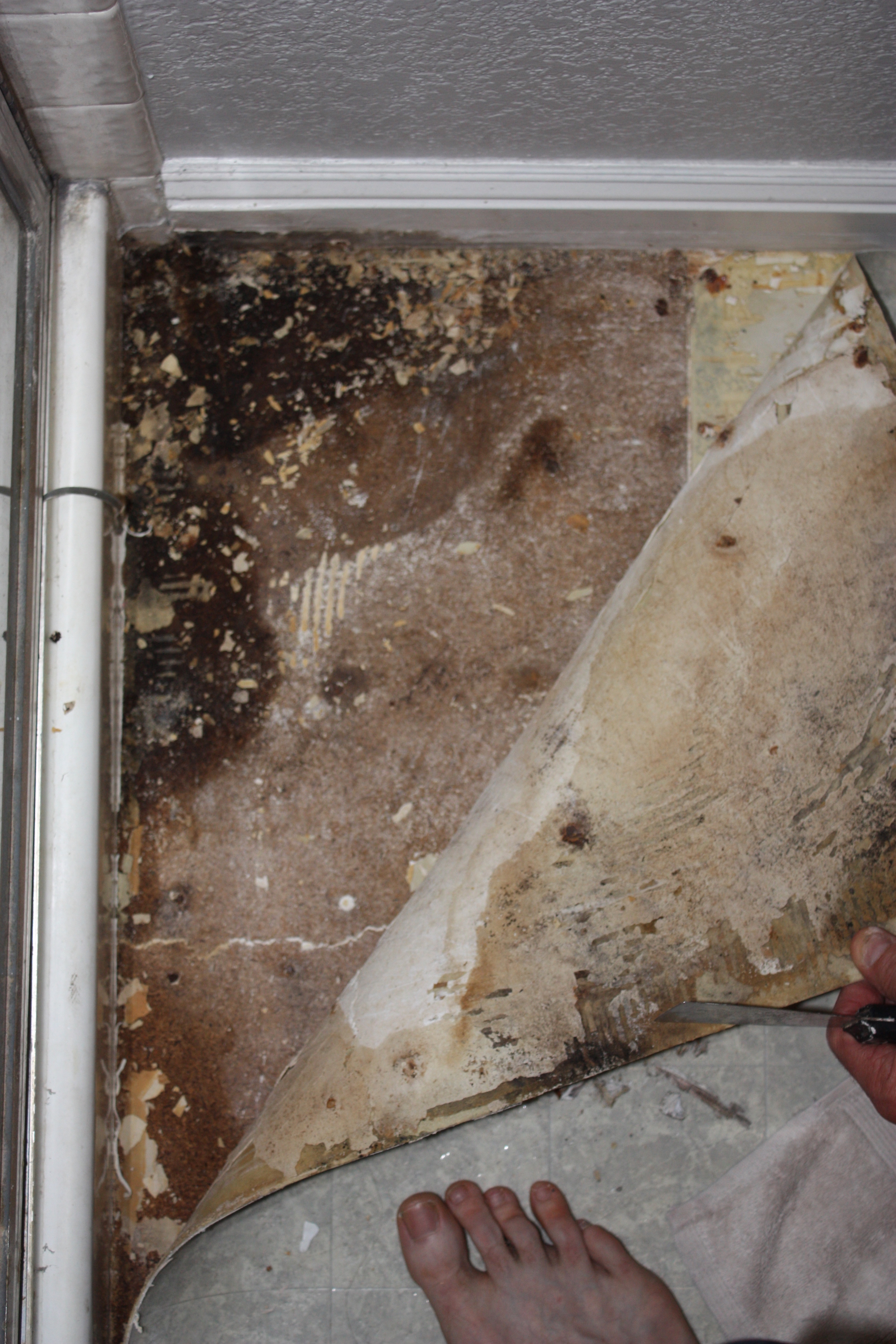Bathroom Water Damage - Ways To Stop This Happening
Bathroom Water Damage - Ways To Stop This Happening
Blog Article
What're your beliefs on How to Fix a Water Damage Bathroom?

The restroom is very at risk for wet buildup and potential water damage because of the regular use water in it. This write-up offers simple inspection techniques to help discovering water damages dangers.
The constant use water in the washroom makes it extremely susceptible for damp buildup and also potential water damage. By examining it on a regular basis, you can lower water related problems.
The following set of evaluations is simple to do as well as must be done when in every 3 months in order to maintain your shower room healthy and also to stop possible water problems brought on by the bathtub, the shower, pipe joints and plumbing, sinks, cabinets, and the toilet
Do not neglect carrying out these evaluations as well as be extensive while doing them. Bear in mind that these easy inspections can save you a lot of money by providing very early signs for water damages
Bath tub as well as Shower
The shower as well as tub need special attention and upkeep. Examine the floor tiles as well as replace if cracked. Make sure that there is no missing out on cement in between the ceramic tiles. Examine and replace fractured caulking at joints where the wall surfaces satisfy the floor or the bathtub. Clogged drains pipes and pipelines troubles will certainly avoid the bathtub from drying and also might suggest serious problems under the tub. Speak with a professional immediately to stop architectural damage. Pay attention to stainings or soft areas around the bathtub wall surfaces as they might indicate an inner leakage.
Plumbing
Signs for water damage are hard to find considering that many pipelines are set up inside the walls.
Pay unique interest to flooring and also walls moisture and also spots as they might suggest an unnoticeable plumbing trouble. Check dampness levels in adjoining areas also.
Sinks and also Cabinets
Sinks as well as cabinets are exposed to dampness as well as humidity everyday and are commonly neglected. Evaluate frequently under the sink and on the counter top above it. Fix any drip in the catch as it may recommend drain issues. Look around the sink, sluggish draining pipes might show a blocked drainpipe. Replace sink seals if they are fractured or loose.
The Commode
The toilet is a vulnerable water joint. Check the water lines as well as look for leaks around the commode seat, in the hose, as well as under the water container. If you discover any kind of signs of wetness on the floor around the bathroom, look for leaks in the toilet rim and also tank seals.
Know that hanging commode bowl antiperspirants raises the chances for blockages.
Water Damage Signs In The Bathroom To Avoid Cleanup
Musty smell
This is one of the easiest signs to catch because musty smells are so odorous. The damp, earthy, moldy smell should be a big red flag. The smell will develop when moisture gets trapped in surfaces, and begins to facilitate mold growth. Leaking pipes under cabinets, inside walls, and behind shower fixtures will cause moisture to stay trapped and not dry, which will lead to mold growth and spread. As soon as you notice any musty smells in your bathroom, have it checked for hidden water damage and cleanup signs.
Visible mold
If the smell isn’t there to give it away, sometimes you will actually see mold growth. Finding mold in your bathroom is a serious problem, because mold is very harmful to your health. By the time mold growth is visible, it also means that water damage has already occurred and been present for some time. The only way the mold problem can be resolved is to find the source of the moisture and get it stopped. To safely and adequately remove mold, you need to have professionals handle the remediation. Do not waste any time in getting mold problems addressed, fixed, and sanitized so that you can protect you and your family from the many respiratory symptoms caused by mold exposure.
Damaged floors
Bathroom floors should be able to withstand some exposure to water while still remaining in good condition. However, when excess exposure or water leaks occur, they will begin to damage even the most water-resistant flooring. If you notice any cracking, bubbling, staining, or warping on your bathroom floors, there is probably a water leak somewhere causing the distortion. If you notice areas of the floor have become softer, or even have a spongy feeling, there is probably damage to the subfloor. Subflooring is typically made up of plywood. When plywood is exposed to water or moisture, it will absorb it. Once it has become saturated, the weight of the excess water will cause the wood to swell and soften. Check the floors in your bathroom frequently to catch any of these sings before they lead to damaged subflooring.
Changes on walls
When water leaks behind walls, it will cause changes in the drywall. Peeling plaster, blistering paint, and soggy wallpaper are all good indicators that excess water is building up behind the wall. Water leaking behind drywall will cause it to swell and be soft to the tough. If you start to notice gaps along the trim of your walls, or where tile meets the wall, it could also be a strong indicator that there is a leak behind the wall. Any changes, distortion, or damage on the walls should be evaluated as soon as you notice it to prevent further water damage and cleanup.

As an avid person who reads on How to Fix a Water Damage Bathroom, I assumed sharing that piece of content was sensible. Do you know another person who is fascinated by the niche? Do not hesitate to promote it. Thank-you for going through it.
Book-Now Report this page